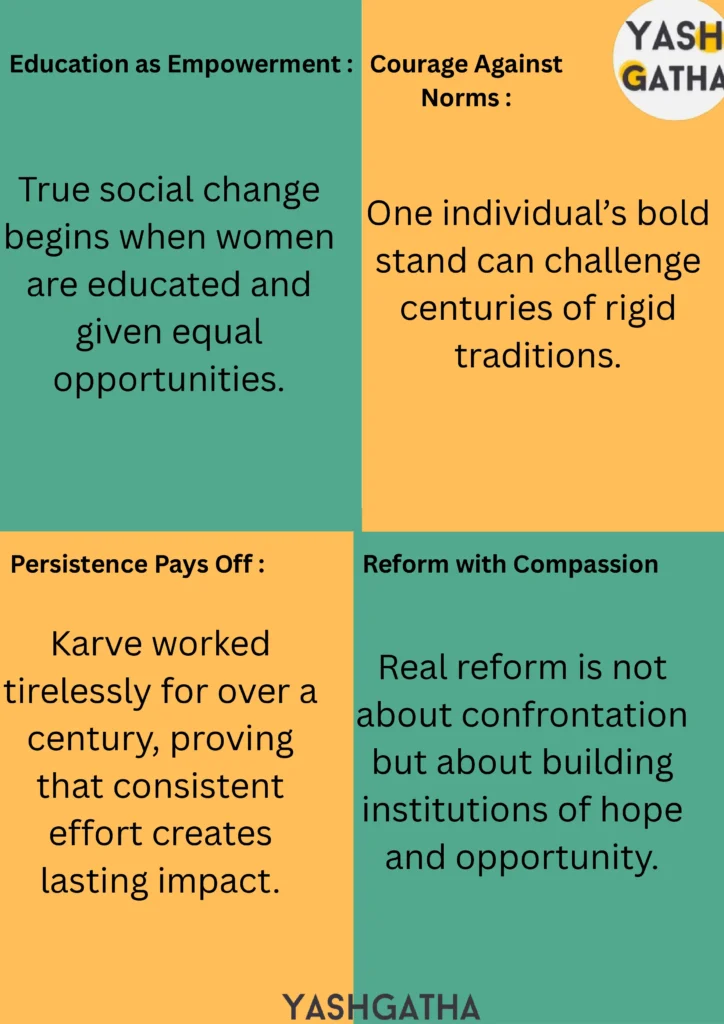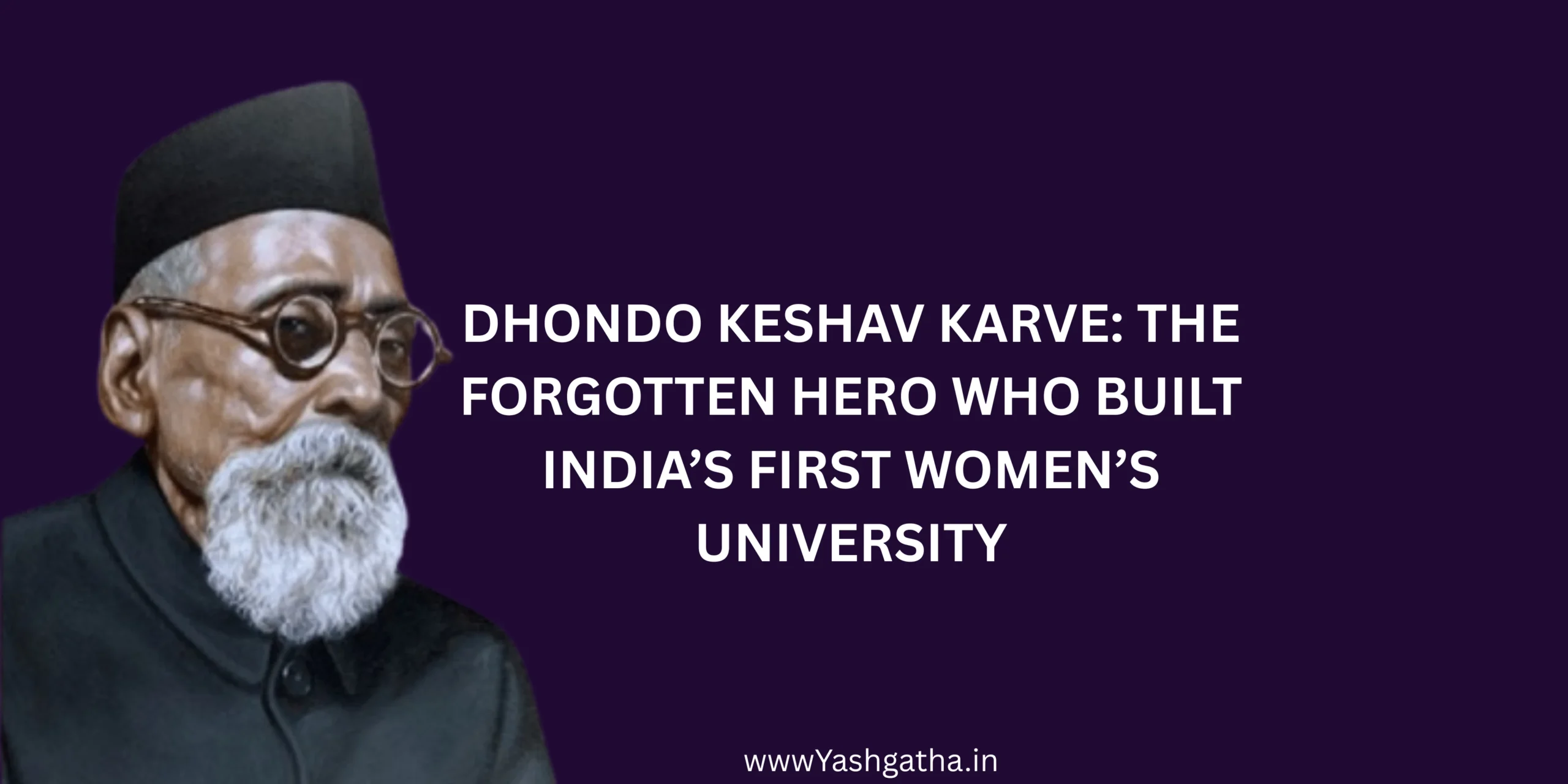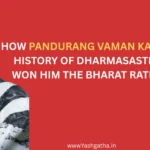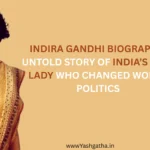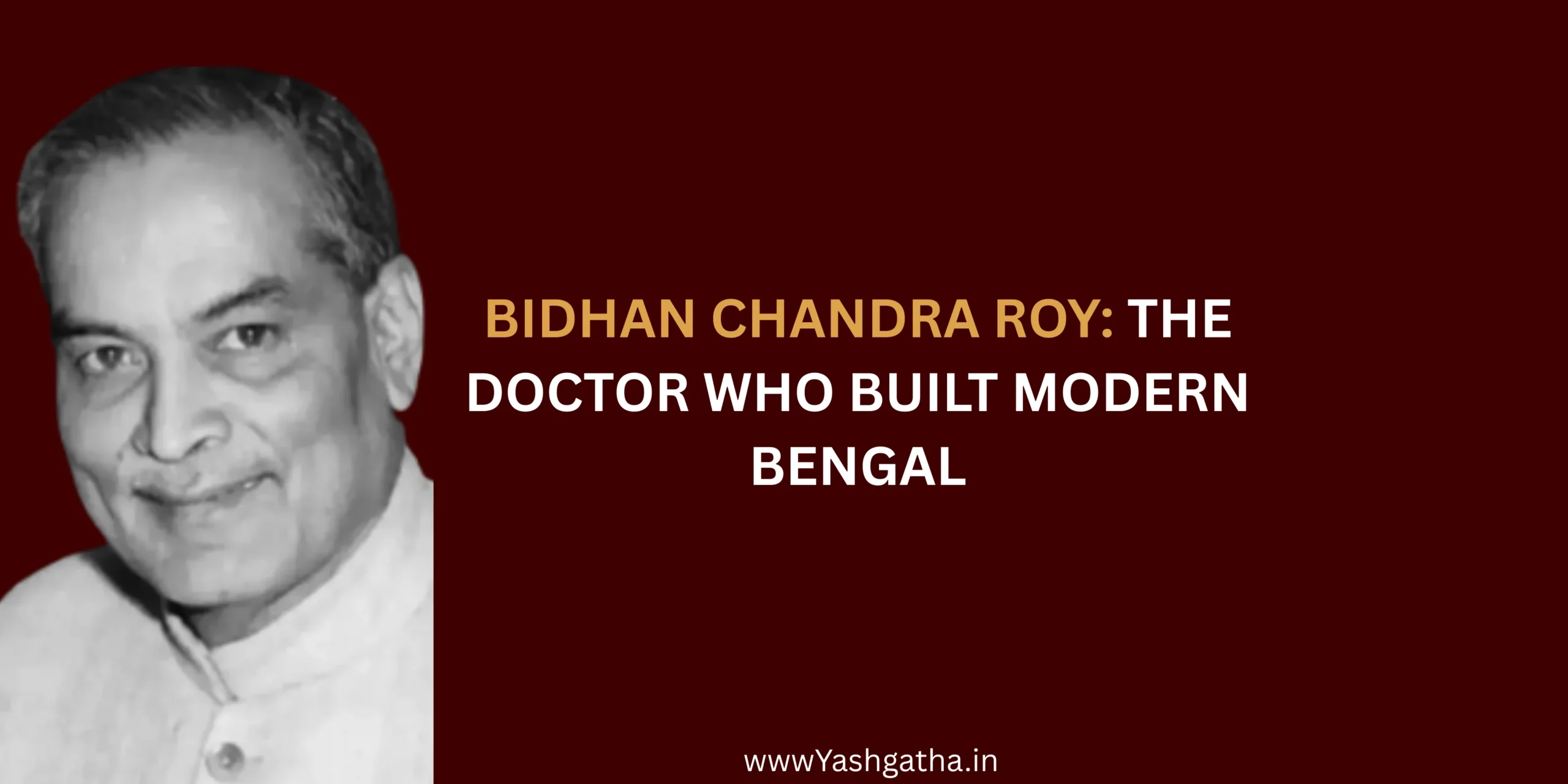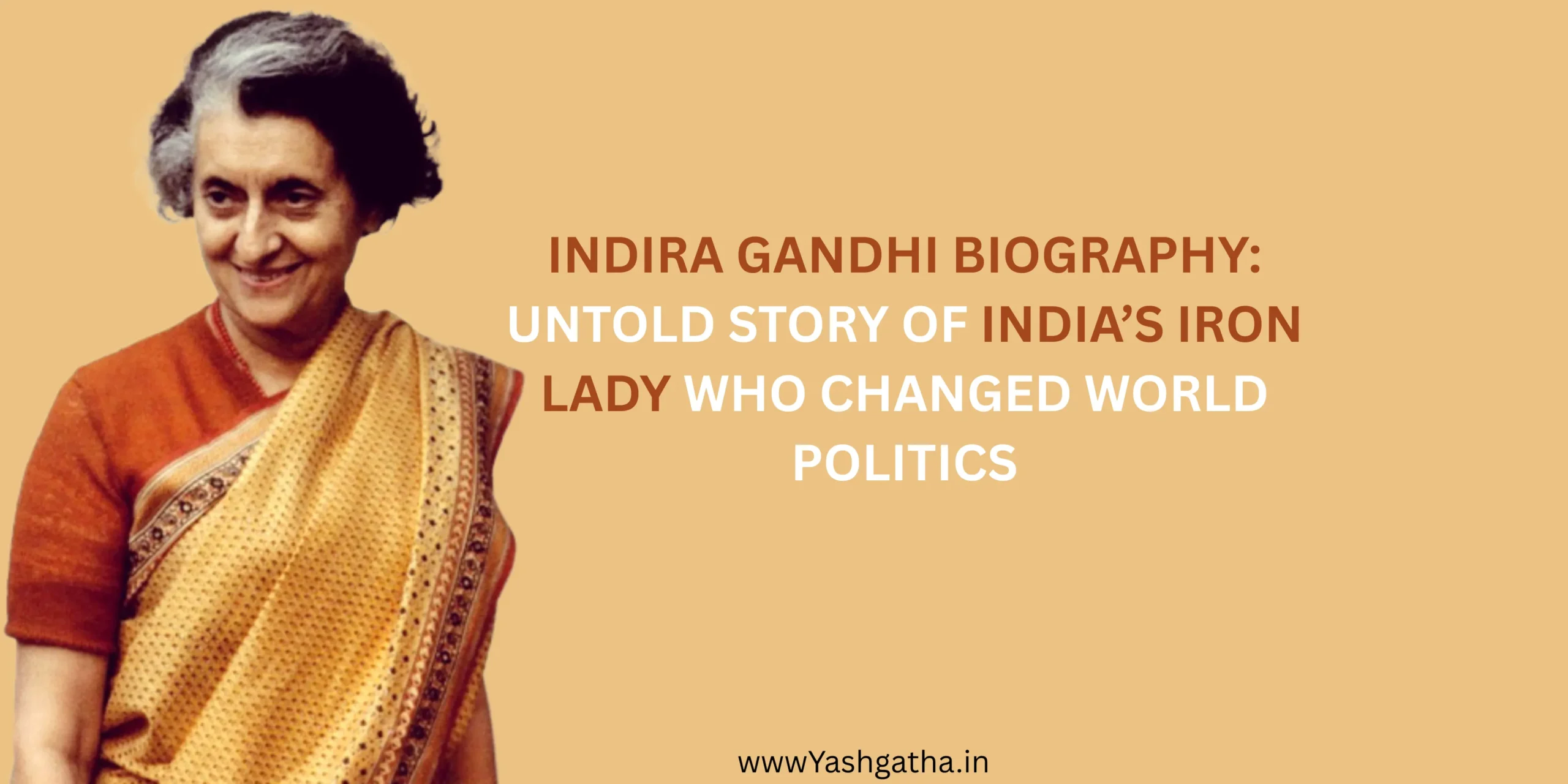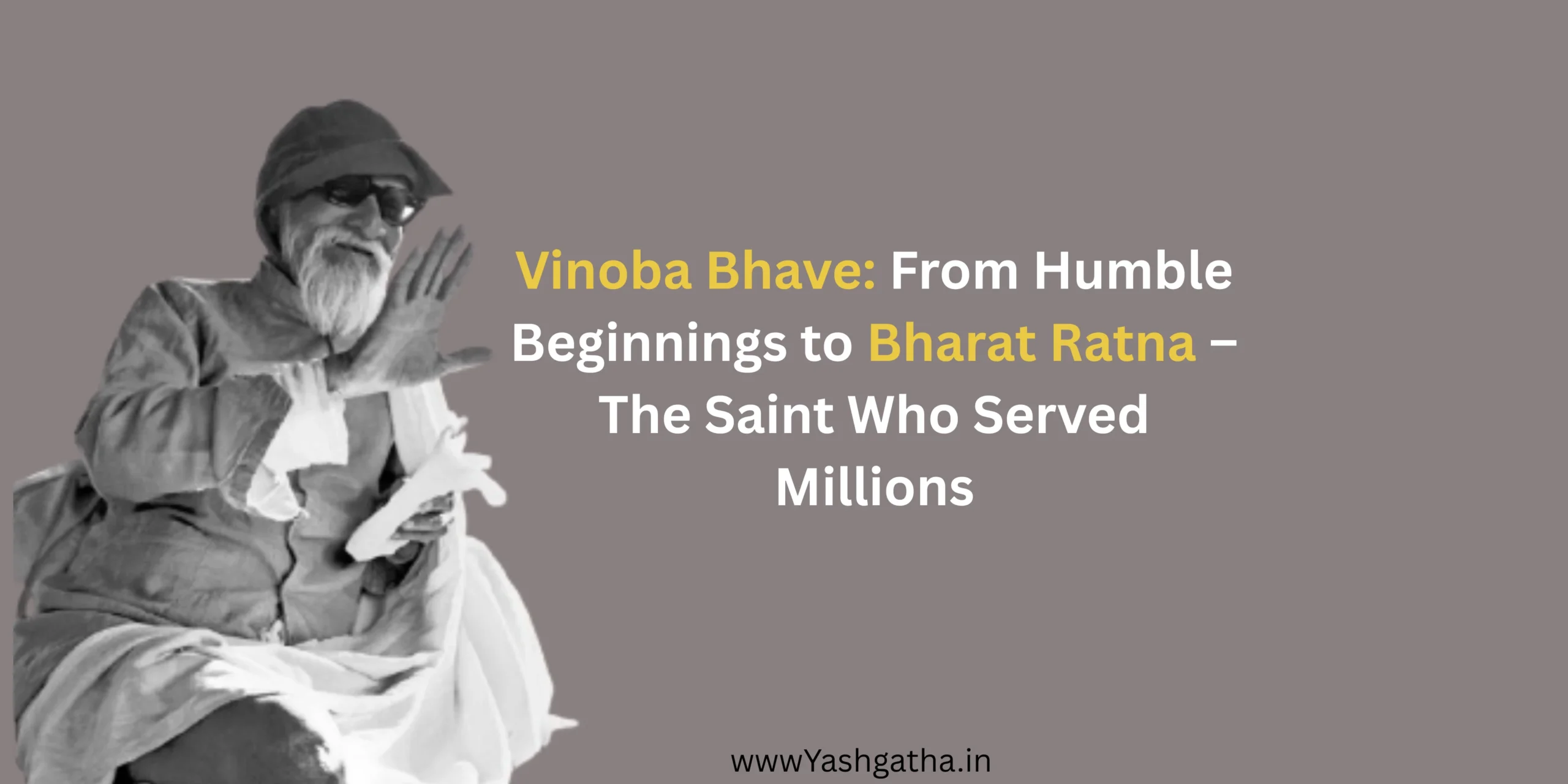Dhondo Keshav Karve, the great social reformer born in Murud, Ratnagiri, Maharashtra, who dedicated his life to women’s empowerment and widow upliftment, was awarded the Bharat Ratna in 1958 for founding India’s first women’s university and for tirelessly working to prove that “the progress of any society depends upon the progress of women.”
Dhondo Keshav Karve, fondly known as Maharshi Karve, was a visionary social reformer and educationist who dedicated his life to women’s empowerment in India. At a time when society resisted change, he fearlessly championed widow remarriage and founded India’s first women’s university. His mission to educate and uplift women earned him the Bharat Ratna in 1958, leaving behind a legacy that continues to inspire generations.

Early Life & Challenges :
Dhondo Keshav Karve was born on April 18, 1858, in Murud, Ratnagiri district of Maharashtra, into a modest Chitpavan Brahmin family. Growing up in a small village, he experienced firsthand the rigid traditions and deep-rooted social taboos that restricted women, especially widows, from living with dignity. Despite financial hardships, Karve showed brilliance in studies and eventually pursued mathematics, becoming a professor at Fergusson College in Pune.
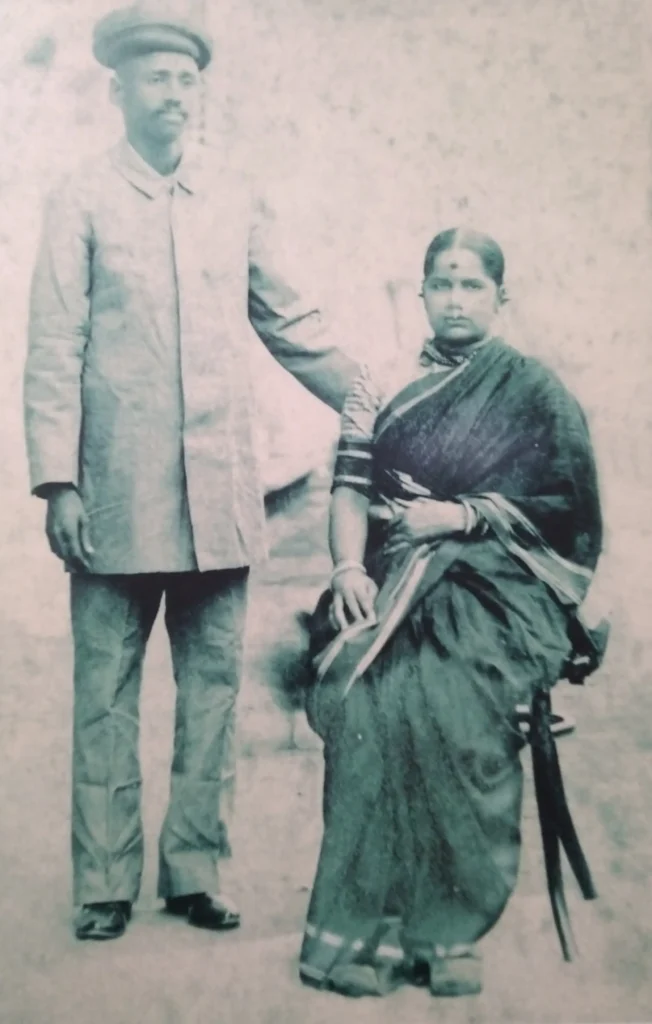
credit:Vikram Karve – WordPress.com
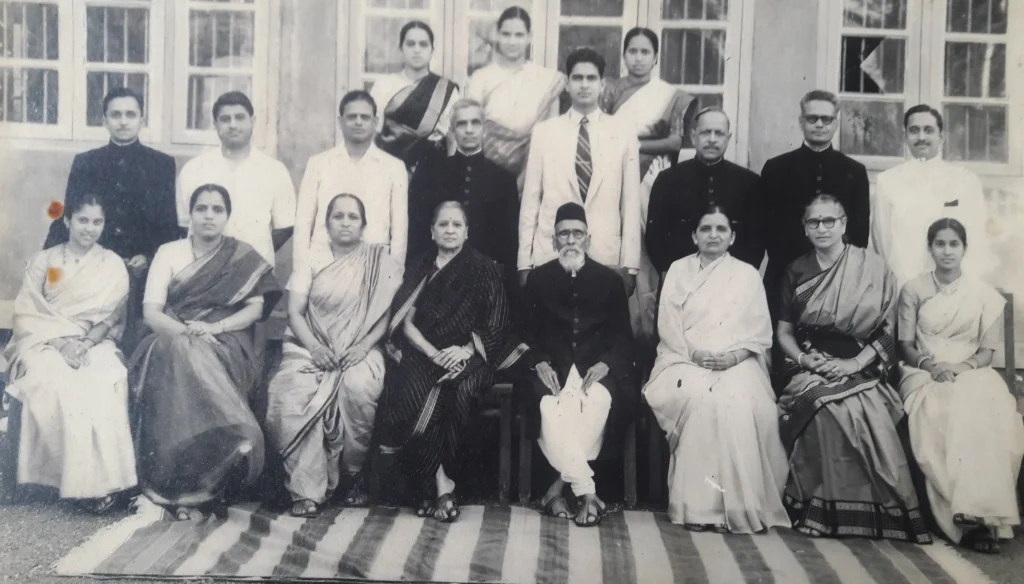
credit:Vikram Karve – WordPress.com
One of the greatest challenges he faced was his decision to marry a widow in 1893, a bold step that shocked society at the time. He faced harsh criticism, social ostracism, and ridicule from conservative groups who saw widow remarriage as unacceptable. Yet, Karve’s conviction never wavered—he believed that social reform could not be complete without giving women the right to education, equality, and remarriage.
In his early years, he struggled against poverty, opposition from orthodox communities, and the absence of institutional support. But these very obstacles shaped his resilience and deepened his resolve to fight for women’s empowerment. Instead of conforming, he transformed resistance into fuel for his mission, paving the way for monumental reforms in women’s education and rights.
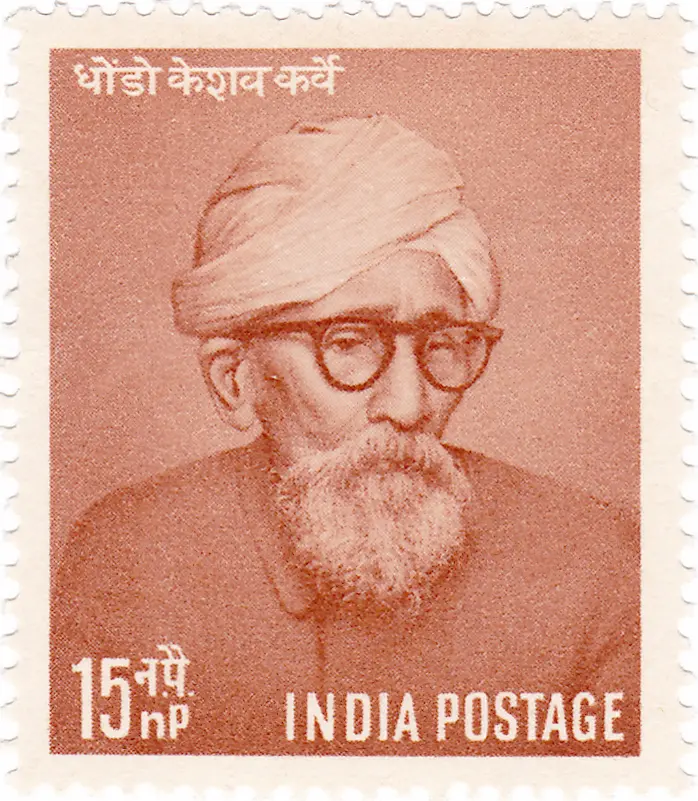
credit:wikipedia
The Turning Point :
Dhondo Keshav Karve’s life was filled with defining moments, but a few stood out as true turning points that transformed him from a simple teacher into a legendary reformer:
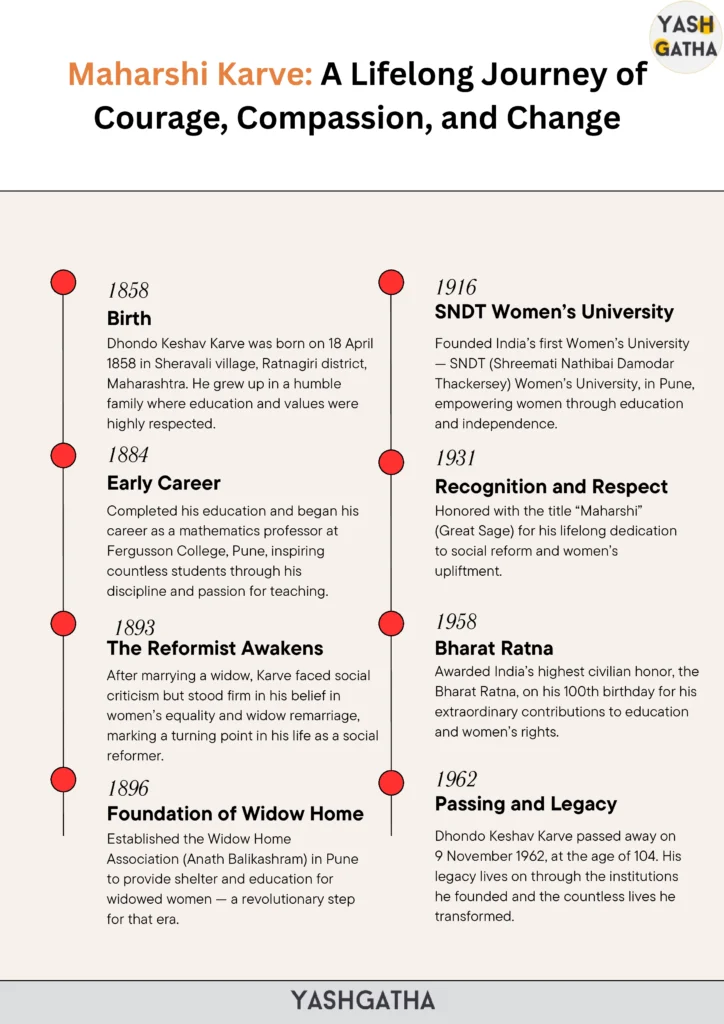
The Recognition & Award :
Dhondo Keshav Karve’s relentless struggle for women’s rights and education did not go unnoticed. In 1958, at the age of 100, he was honored with India’s highest civilian award, the Bharat Ratna. This recognition was not just for his personal achievements but also as a tribute to the thousands of women whose lives were transformed because of his vision.The award symbolized national gratitude for a man who challenged orthodoxy, built institutions from scratch, and dedicated every moment of his century-long life to social upliftment. Karve’s recognition as Maharshi (great sage) reflected the reverence with which the nation regarded him.
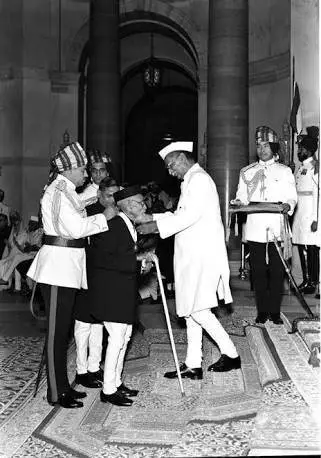
credit:Vikram Karve – WordPress.com
What Changed After the Awards :
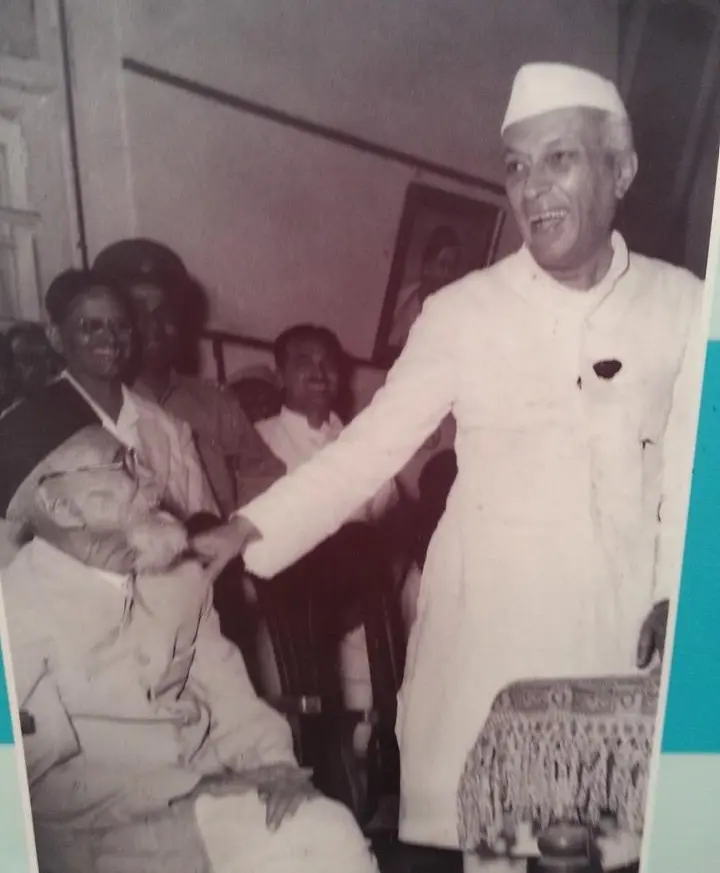
credit:Vikram Karve – WordPress.com
Receiving the Bharat Ratna in 1958 marked a historic moment not only in Dhondo Keshav Karve’s life but also in India’s journey of social reform. The award amplified his mission and inspired a wave of recognition for women’s empowerment.
- National Recognition: His work gained visibility across India, encouraging governments and institutions to prioritize women’s education.
- Global Respect: Karve’s efforts began to be cited internationally as a model of social reform through education.
- Strengthened Movements: Women’s rights groups and reformist organizations drew inspiration from his life’s work.
- Institutional Growth: His universities and schools received wider support, enabling thousands more women to access higher education.
- Legacy Cemented:1 Being honored at the age of 100, Karve became a living symbol of perseverance and reform.
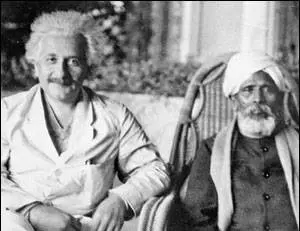
credit:Vikram Karve – WordPress.com
Yashgatha Takeaways :
